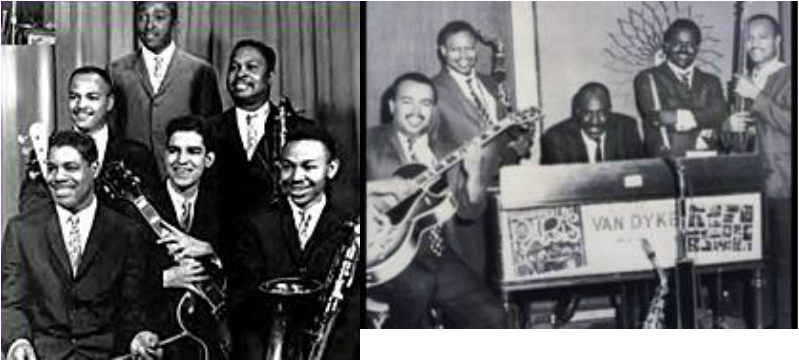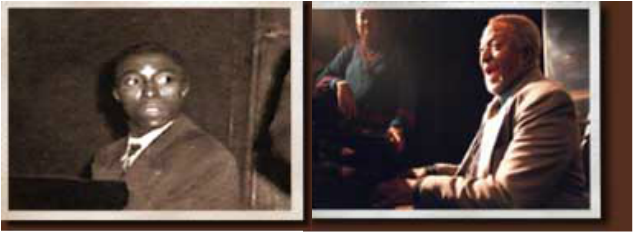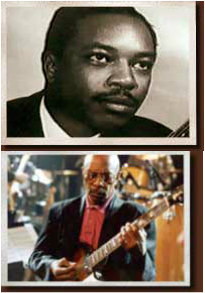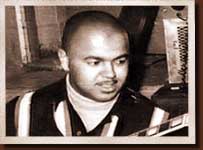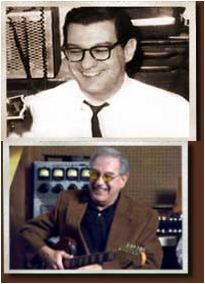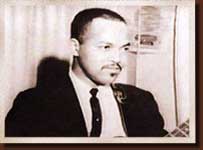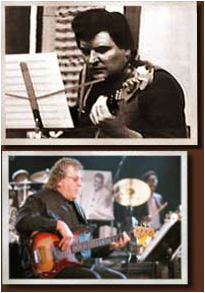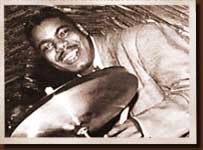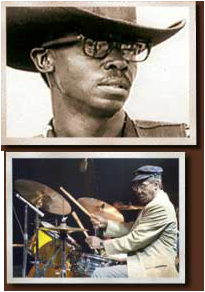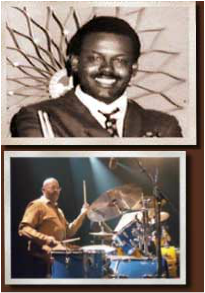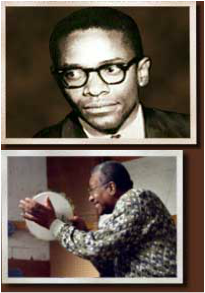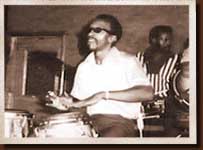|
|
Earl Van Dyke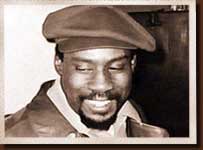
Earl Van Dyke - A veteran of the late '50s and early '60s Chitlin' Circuit, Earl migrated to Motown in late 1962 after having toured with Aretha Franklin and Lloyd ("Mr. Personality") Price. Within no time, the musical sophistication and aggressive keyboard style he brought with him made Earl an integral part of "The Motown Sound." Hitsville's Steinway often had to be reconditioned after Earl played on a session because of the passion and force with which he attacked the keys. Arrangers and producers looked upon him as a hub through which they could convey their ideas to Hitsville's studio musicians. Motown's management viewed him as the unofficial bandleader because - apart from his talent as a keyboardist - he always knew where to find the Funk Brothers and get them into the studio. This was no small feat when trying to control James Jamerson, Benny Benjamin and some of the Funk Brothers' other more "colorful" personalities. When Motown's "Golden Era" ended in Detroit, Earl hooked up with Freda ("Band Of Gold") Payne and toured the world with her throughout the remaining years of the 1970s before returning home to teach music in the Detroit public school system. Born: Detroit, MI in the early 1930s (died 1992) Nicknames: Chunk Of Funk, Ookie, Big Funk Musical Influences: Tommy Flanagan, Hank Jones, Barry Harris Instruments Played: : Steinway grand piano, Hammond B-3 organ, Wurlitzer electric piano, Fender Rhodes, toy piano Greatest Performances: "Ain't Too Proud To Beg," "My Guy," "For Once In My Life" Johnny Griffith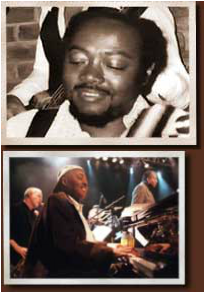
Johnny Griffith - One of the few classically trained musicians in the Funk Brothers ranks, Johnny was Hitsville's "hired gun," having never signed the exclusive recording contract under which most of Motown's rhythm section musicians worked. Originally lured into the company in 1961 hoping to record jazz, Johnny often moonlighted on hits for other R&B record labels around Detroit and in Chicago.
While he did get the opportunity to record two albums on Motown's "Workshop Jazz" label, his true value down in "Studio "A" was in the delicate touch with which he played that so perfectly complimented Earl Van Dyke's "gorilla piano" style. This two keyboard approach had Earl and Johnny spending the next decade trading off on acoustic piano, Hammond organ, and Wurlitzer electric piano. To this day, in spite of all the R&B hits Johnny played on, he still considers himself, first and foremost, a jazz musician. Born: Detroit, MI (died 2002 in Detroit) Nicknames: None Musical Influences: Bud Powell, Glenn Gould, Oscar Peterson Instruments Played: : Steinway grand piano, Hammond B-3 organ, Wurlitzer electric piano, celeste, harpsichord, Fender Rhodes Greatest Performances: "Wonderful One," "Stop In The Name Of Love," "I Heard It Through The Grapevine" (Marvin Gaye Version) The 3 Guitarists
|
